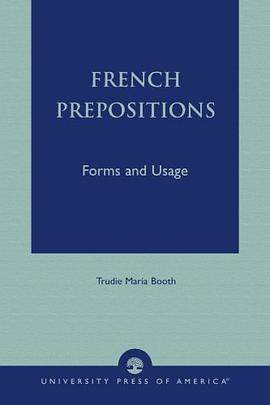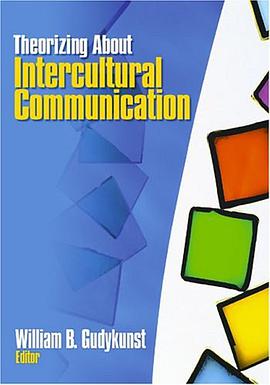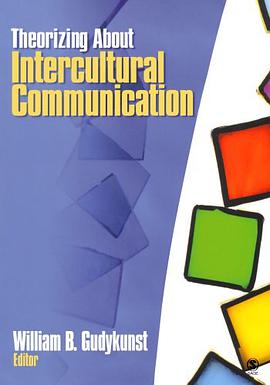

具体描述
Outlining an original, discourse-based model for translation quality assessment that goes beyond conventional microtextual error analysis, Malcolm Williams explores the potential of transferring reasoning and argument as the prime criterion of translation quality. Assessment through error analysis is inevitably based on an error count - an unsatisfactory means of establishing, and justifying, differences in quality that forces the evaluator to focus on subsentence elements rather than the key messages of the source text. Williams counters that a judgment of translation quality should be based primarily on the success with which the translator has rendered the reasoning, or argument structure. Six aspects for assessment are proposed: argument macrostructure, propositional functions, conjunctives, types of arguments, figures of speech, and narrative strategy. Williams illustrates the approach using three different types of examples: letters, statistical reports, and argumentative articles for publication. "Translation Quality Assessment" offers translators a new set of flexible and modular standards.
作者简介
目录信息
读后感
评分
评分
评分
评分
用户评价
相关图书
本站所有内容均为互联网搜索引擎提供的公开搜索信息,本站不存储任何数据与内容,任何内容与数据均与本站无关,如有需要请联系相关搜索引擎包括但不限于百度,google,bing,sogou 等
© 2026 book.wenda123.org All Rights Reserved. 图书目录大全 版权所有




















